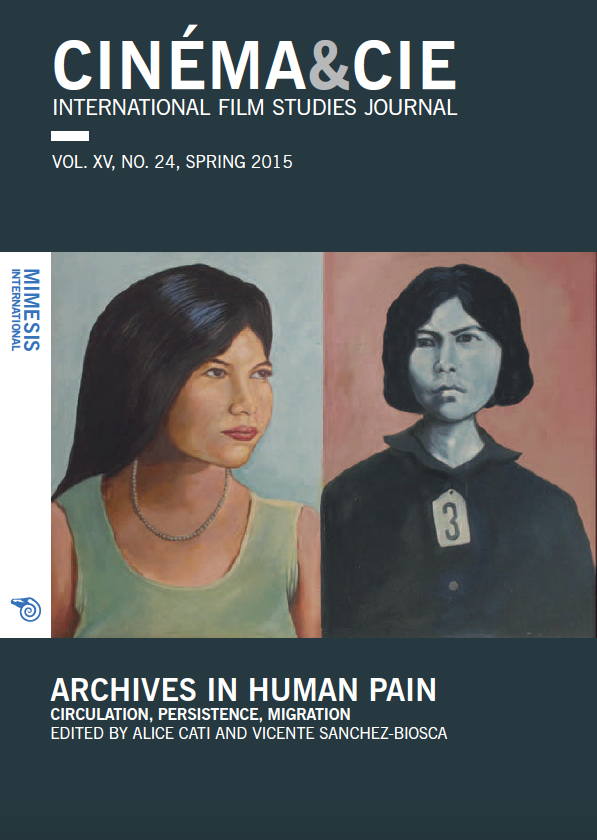Private Images in Place of the Beloved Bodies: Relics Against the Politics of Disappearance
Abstract
By analyzing some case studies that develop in different ways the symbolic value of home pictures in terms of restorative burial, the article reflects on the relationship between photography and memory in response to the campaign of political repression and terror occurred in Argentina and Chile from the 1970s to the 1990s. In the last decades, several artists have based their works on the reuse and recontextualisation of private photos, aiming at denouncing the denial of burial. This study will firstly focus on two well-known projects by Argentinean photographers – Marcelo Brodsky’s Buena Memoria (Good Memory, 1997) and Gustavo Germano’s Ausenc’as (Absences, 2006) – which not only highlight the physical absence of the disappeared, but also translate the aesthetics of the family into a depiction of grief and violent past. Secondly, the study moves into the Chilean political arena: by examining some sequences from two documentaries – Silvio Caiozzi’s Fernando ha vuelto (Fernando Returns, 1998) and Patricio Guzmán’s Nostalgia de la luz (Nostalgia for the light, 2012) – it will demonstrate how it is possible to turn the natural assumption of “(private) images are relics” into “relics are (private) images.” By using both social practices of memory and visual artistic operations, it is possible to notice on the one hand an aesthetic need to give real identity back to the victims; on the other hand, a practice of looking, which is specifically marked by postmemorial interpretations, and backshadowing.






